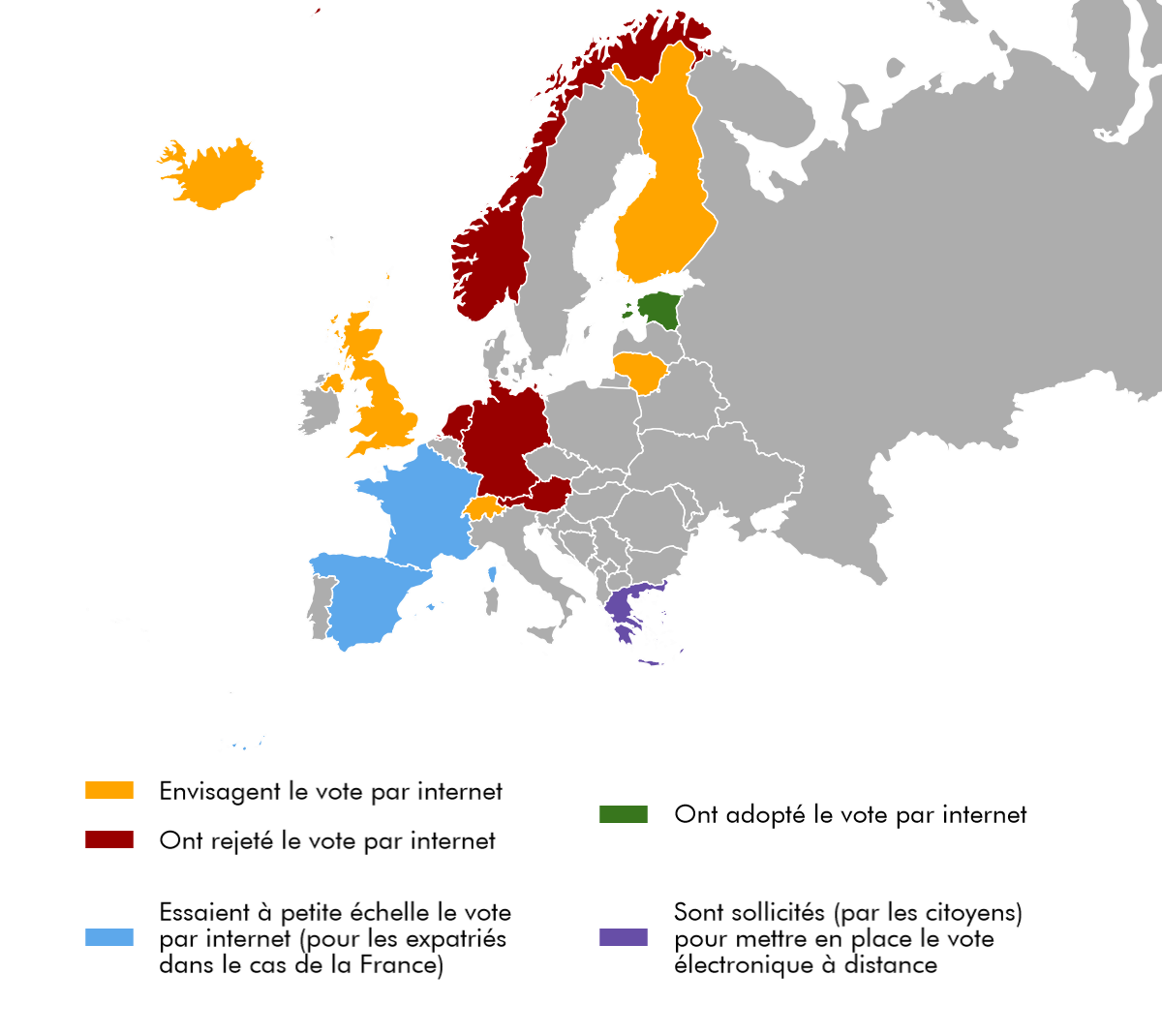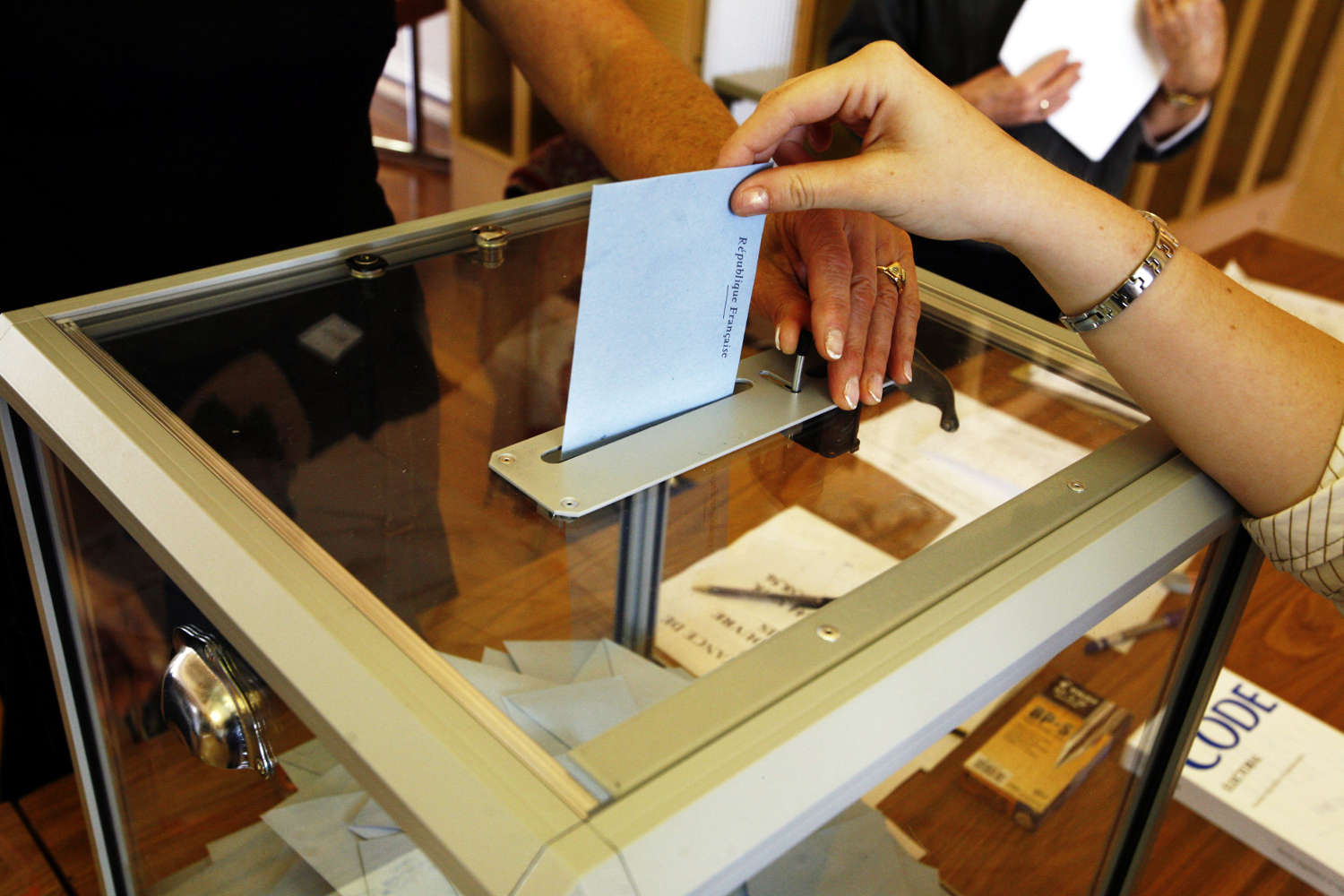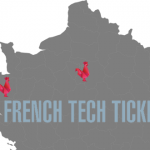Remote electronic voting – a scientific challenge
Although electronic voting machines have begun to appear at polling stations, many technological barriers still hinder the development of these platforms that could enable us to vote remotely via the Internet. The scientific journal, Annals of Telecommunications, dedicated its July-August 2016 issue to this subject. Paul Gibson, a researcher at Télécom SudParis, and guest editor of this edition, co-authored an article presenting the scientific challenges in this area.
In France, Germany, the United States and elsewhere, 2016 and 2017 will be important election years. During these upcoming elections, millions of electors will be called upon to make their voices heard. In this era of major digital transformation, will the upcoming elections be the first to feature remote electronic voting? Probably not, despite the support for this innovation around the world – specifically to facilitate the participation of persons with reduced mobility.
Yet this service presents many scientific challenges. The scientific journal, Annals of Telecommunications, dedicated its 2016 July-August issue to the topic. Paul Gibson, a computer science researcher at Télécom SudParis, co-authored an introductory article providing an overview of the latest developments in remote electronic voting, or e-voting. The article presented the scientific obstacles researchers have yet to overcome.
To be clear, this refers to voting from home via a platform that can be accessed using everyday digital tools (computers, tablets and smartphones), because, although electronic voting machines already exist, they do not dispense electors with having to be physically present at the polling stations.
The main problem stems from the balance that will have to be struck between parameters that are not easily reconciled. An effective e-voting system must enable electors to log onto the online service securely, guarantee their anonymity, and enable them to make sure their vote has been recorded and correctly counted. In the event of an error, the system must also enable electors to correct the vote without revealing their identity. From a technical point of view, researchers themselves remain undecided about the feasibility of this type of solution.
[divider style=”solid” top=”20″ bottom=”20″]
Attitudes of certain European countries toward remote e-voting

Yellow: envisaging E-voting; Red: have rejected E-voting; Blue: experimenting with E-voting on a small scale (e.g. in France for expatriates); Green: have adopted E-voting; Purple: demands (from citizens) to implement remote voting
Source of data: A review of E-voting: the past, present and future, July 2016
[divider style=”solid” top=”20″ bottom=”20″]
Security and trust remain crucial in e-voting
Even if this type of system becomes a reality, scientists stress the problems posed by a vote taking place outside of government-run venues. “If voters cast their ballots in unmonitored environments, it is reasonable to ask ‘what would prevent individuals with malicious intent from being present and forcing voters to do as they say?’” ask the researchers.
Technological responses exist, in the form of completely verifiable end-to-end computer systems capable of preventing forced voting. They can be combined with cutting-edge cryptographic techniques to ensure the secrecy of the vote. Unfortunately, these security measures make using the system more complex for voters. This makes the voting process more difficult and could be counterproductive, since the primary goal of the e-voting system is to reduce abstentions and encourage more citizens to participate in the election.
In addition, such encrypted and verifiable end-to-end solutions do not guarantee secure authentication. This requires governments to distribute electronic identification keys and implies that electors trust their government system, which is not always the case. However, a decentralized system would open the door to viruses and other malicious software.
Electronic voting – a societal issue
Electors and organizers must also trust the network used to transmit the data. Although the Internet seems like the most obvious choice for an operation of this scale, it is also the most dangerous. “The use of a public network like the Internet makes it very difficult to protect a system against denial-of-service attacks,” warns Paul Gibson and his co-authors.
The idea of trust reveals underlying social concerns relating to new voting techniques. The long road ahead of scientists is not only paved with technological constraints. For example, there is not yet any established scientific consensus on the real consequences of e-voting on increasing civic participation and reducing abstentions.
Similarly, although certain economic studies suggest that this type of solution could reduce election costs, this still must be counterbalanced through cost analyses for the construction, use and maintenance of a remote e-voting system. The issue therefore not only raises questions in the area of information and communication sciences, but also in the humanities and social sciences. There is no doubt that this subject will continue to fascinate researchers for some time to come.





Leave a Reply
Want to join the discussion?Feel free to contribute!